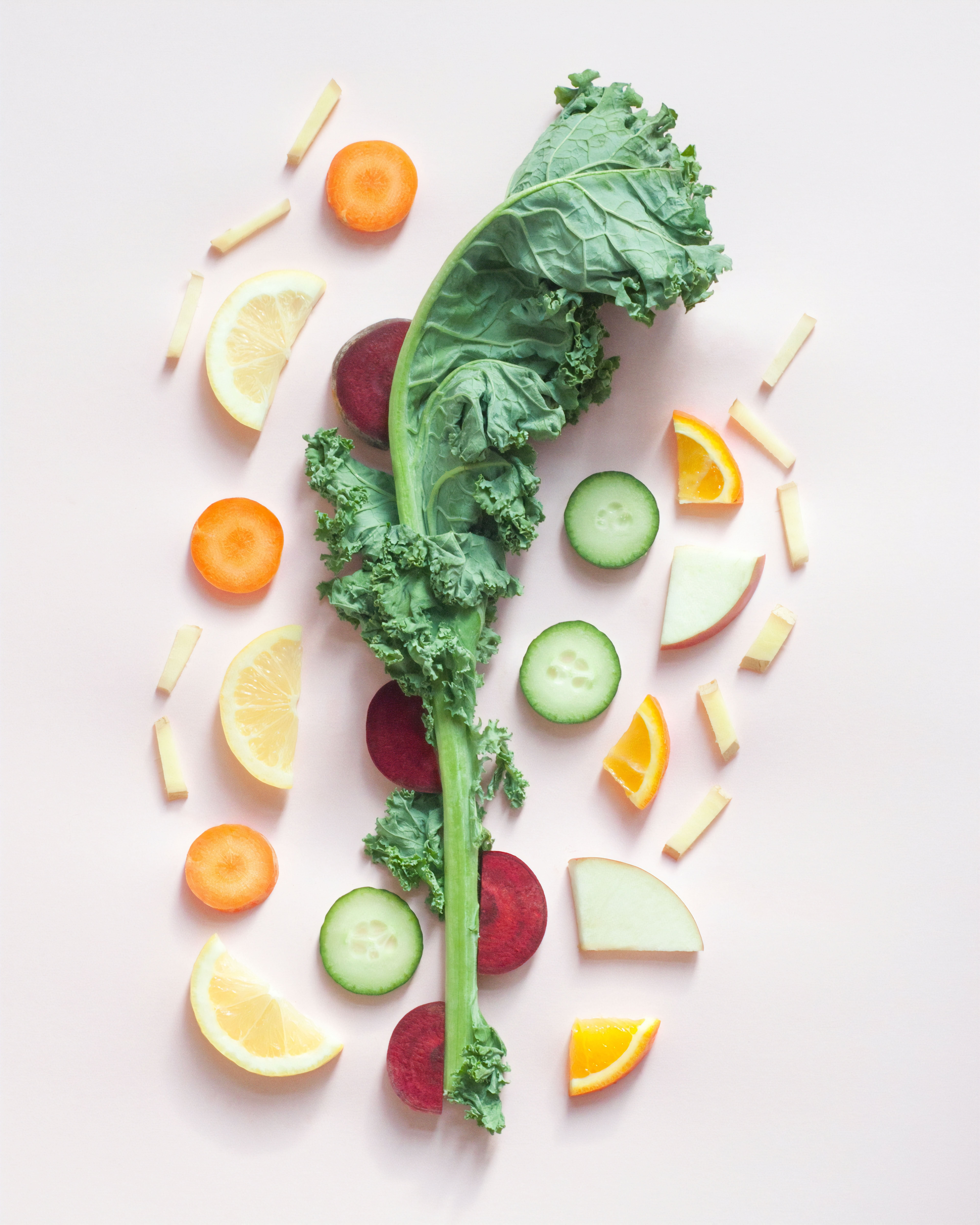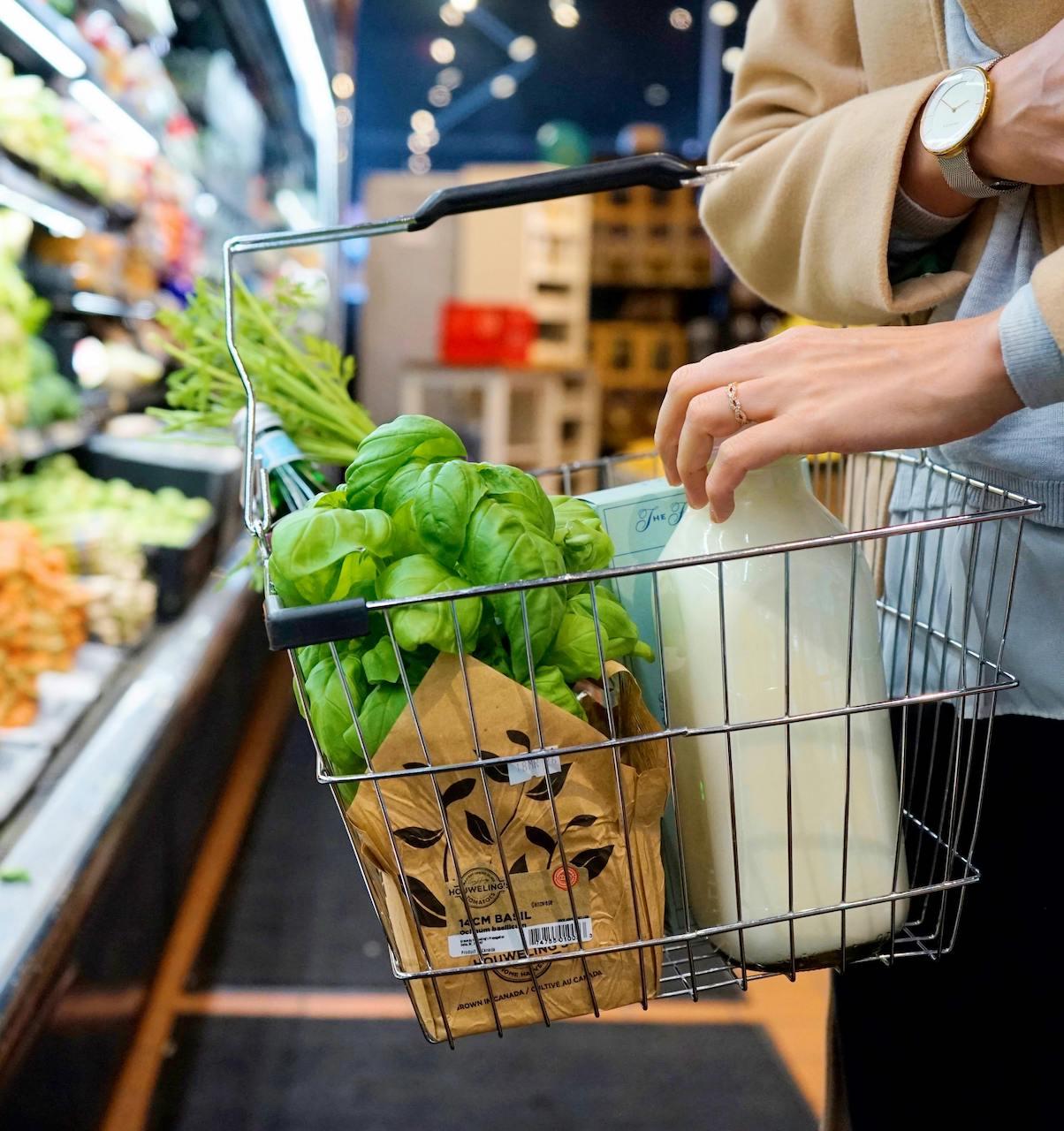Confused and overwhelmed about nutrition advice? Vegan? Paleo? Keto? Celery juice? Which diet is the best for your health and wellness goals?
As registered dietitians, we’re here to help! First things first, skip the fad diets and start with the basics of healthy eating. Spoiler alert: the most important part of any healthy diet is eating a lot of plants, especially vegetables…a lot of them…all the time…for pretty much the rest of your life. Sorry not sorry. You might be thinking: ‘Ok, but how many servings of vegetables do I need to eat daily?’ and, ‘What types?’
Not to worry, we’ve got you covered! Keep reading for expert tips on the health benefits of vegetables and how many servings of vegetables you should be eating daily.
The Health Benefits of Vegetables
Eating a diet rich in vegetables (and fruit) is key in supporting overall wellness and preventing chronic disease. Studies show that people who eat more vegetables have a reduced risk for heart disease, including heart attack and stroke.
The fiber in some vegetables also decreases cholesterol and reduces the risk of heart disease, obesity, and type 2 diabetes. Vegetables are among the best sources of potassium, which helps to lower blood pressure, reduce the risk of developing kidney stones, and decrease bone loss.
Eating a diet rich in vegetables and fruit may also help protect against certain types of cancer and other inflammatory diseases. The phytonutrients found only in plants help protect our cells from oxidative damage that can over time lead to diabetes, heart disease, neurodegenerative diseases, inflammatory conditions and cancer. The bottom line is, if you want to support your health lifelong, you have to eat those veggies!
This is How Many Vegetables You Should Eat Daily
Things can get a little overwhelming when you go down the internet rabbit hole trying to figure out how many servings of vegetables you should be eating. A good rule of thumb is to have at least 1 serving of vegetables and/or fruit (1 serving = 1 cup raw or cooked) with every meal and snack. Check out our tips for adding more vegetables to your diet.
Ideally at least half of your meal should be vegetables and/or fruit, and you should eat a variety of vegetables by focusing on diversifying your colors each day (green, orange, red, yellow, white, purple/blue). Keep in mind, that if you have a health condition (cancer, heart disease, etc.) or if you are really physically active, then you probably need to eat even more veggies.
What Kinds of Vegetables Should You Eat?
A variety
The most important thing to remember when choosing what kind of vegetables you should eat is variety. Keep it simple and try to eat the rainbow. Add in as many different color vegetables as you can to each meal (green, orange, red, yellow, white, purple/blue). Each color has a different set of vitamins, minerals, and phytonutrients, and health benefits.
If you like specifics, the USDA Dietary Guidelines recommends the following for the average, inactive person (if you have a health condition or exercise more than 30 minutes/day your needs may be higher):
Dark Green Vegetables
- Broccoli, collards, mustard greens, turnip greens, kale, spinach, romaine, watercress, dark green leafy lettuce, endive, escarole
- Recommended Intake = 1.5 – 2 cups per week
Red/Orange Vegetables
- Carrots, pumpkin, red/yellow/orange peppers, tomatoes, sweet potato, winter squash
- Recommended Intake = 4 – 6 cups per week
Other Vegetables
- Bean sprouts, cabbage, cauliflower celery, cucumbers, green or wax beans, green peppers, mushrooms, onions, summer squash or zucchini
- Recommended Intake = 3.5 – 5 cups per week
Local and seasonal
Whenever possible, I also recommend eating local/seasonal and organic fruits and vegetables to maximize nutrients and minimize chemicals. As soon as you harvest a plant it starts losing its nutrients, so eating local minimizes nutrient loss and as a bonus supports local businesses.
Eating organic minimizes your exposure to pesticides. We’re still unsure of the impact of pesticides on our long-term health, but sometimes it’s better to err on the side of caution, especially if you have a disease or are pregnant.
If cost is a barrier to buying organic, the Environmental Working Group has a great list of foods to always buy organic because they are highly sprayed with pesticides, and another list of foods that are ok to eat non-organic because they have less pesticide exposure.
Wild varieties
Wild varieties of vegetables (dandelion greens, ramps, purslane, sorrel, and fiddleheads) also have a nutritional advantage over farmed crops because they are grown in unharvested, nutrient-rich soil, which makes them even more nutritious than the average farmed vegetable.
Work With a Culina Health Dietitian
Need support adding more vegetables into your diet? Book a session with a Culina Health dietitian for advice that’s tailored to your needs and lifestyle.






